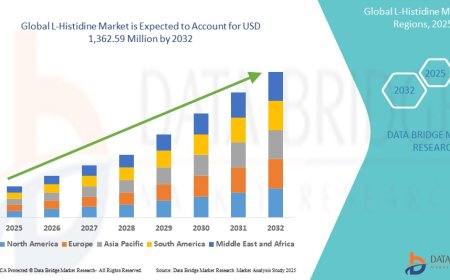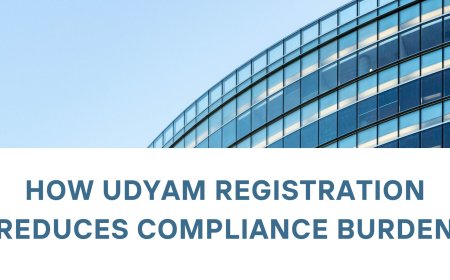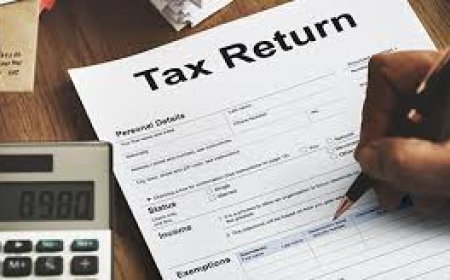How Motorcycle Insurance Rates Are Calculated
When it comes to protecting a motorcycle, insurance isnt just a good ideaits often a legal requirement. But while most riders know they need motorcycle insurance, very few actually understand how their premiums are calculated. Why does one rider pay more than another, even if they ride the same bike? What are insurers really looking at behind the scenes? This guide breaks it all down simply, clearly, and in everyday language.
The Role of the Riders Age and Experience
Insurers view younger riders as riskier. Why? Simply put, they tend to be involved in more accidents. A 19-year-old on a sport bike is a bigger gamble than a 45-year-old commuting on a cruiser. The more years youve been riding, the more trustworthy you look in the eyes of an insurance company. Riders with safety courses under their belt often benefit too. Some providers even offer discounts for completing certified training programs. Its all about proving you're less of a risk.
Type of Motorcycle
Not all bikes are created equal. Insurers look at engine size, bike style, and even the brand. A high-performance sport bike that can hit 180 mph will have a much higher motorcycle insurance premium than a mid-size cruiser made for relaxed highway rides. Why? Faster bikes tempt faster riding, and faster riding often leads to more expensive crashes. Also, some brands and models are stolen more frequently, which increases costs too.
Usage and Mileage
How you use your motorcycle matters a lot. If you only ride it on weekends, youre less likely to be in an accident compared to someone who commutes daily. Fewer miles means less exposure to risk. Thats why when applying for motorcycle insurance, youll be asked how often and how far you typically ride. Those who use their bikes for occasional joyrides usually score lower rates than those who rack up daily mileage.
Location, Location, Location
Your zip code affects your premium. If you live in a city with high traffic congestion or theft rates, your motorcycle insurance cost will reflect that. Riders in urban areas generally pay more than those in small towns or rural settings. Insurers track accident and crime statistics by region and use that data to adjust their pricing. Even where you park your bikegarage vs. streetcan impact your rate.
Driving Record and Claims History
If youve had speeding tickets, DUIs, or at-fault accidents, your rate will rise. Insurance companies use your driving history to gauge how responsible you are behind the wheel. A clean record can lead to major savings, while a messy one can hike your premium quickly. Also, if youve made a lot of claims in the past, insurers might label you as high-risk. They assume youre more likely to make future claims, and they charge accordingly.
Coverage Options and Deductibles
What kind of motorcycle insurance coverage do you want? Just the basic liability, or are you adding collision, comprehensive, and medical payments? The more protection you choose, the more itll cost. But your deductible also plays a role. A higher deductible usually means a lower premium because youre agreeing to pay more out-of-pocket if something happens. It's a trade-off between how much you pay now and how much you'd pay later in the event of a claim.
Modifications and Accessories
Customized bikes can be more expensive to insure. Aftermarket exhausts, paint jobs, upgraded seats, or performance parts add valueand cost more to replace or repair. Some insurers offer accessory coverage, but if your bike is heavily modified, expect that to affect your motorcycle insurance rate. Insurers often ask for photos or receipts to verify the upgrades, especially when the mods significantly boost the bikes value or performance.
Credit Score (In Some Regions)
In many places, your credit score influences your motorcycle insurance premium. Insurers have found a statistical link between credit behavior and likelihood of filing claims. Riders with better credit scores often enjoy lower premiums. It may seem unrelated, but its just another way insurers try to predict risk. However, its worth noting that not every state or country allows this practice, and theres growing debate around its fairness.
Seasonal Considerations
In areas with harsh winters, many riders store their bikes for months at a time. Some insurance companies offer seasonal policies or allow you to adjust coverage during off-peak months. Less riding means less risk, and less risk often means lower premiums. Some riders even choose to suspend coverage temporarily, though this isn't always advisedespecially if theft or garage accidents are possible during storage.
Insurer Differences
Not all insurance providers calculate rates the same way. Some focus more on driving history, others weigh location or bike type more heavily. Thats why its smart to shop around. Getting quotes from multiple insurers can help you find the best deal tailored to your situation. And dont forget about discountsbundling policies, installing anti-theft devices, or being a member of certain rider associations can all lead to savings.
Conclusion
Theres no single formula for calculating motorcycle insurance rates, but understanding the core factors gives riders a better shot at managing their costs. Age, experience, bike type, usage habits, and even where you live all play a role. The more you know, the more you can control. And rememberinsurance isnt just a monthly bill. Its peace of mind every time you put on your helmet.
Call to Action
If youre shopping for motorcycle insurance, take a few minutes to compare quotes, review your coverage, and ask questions. The more informed you are, the better choices youll make. Ride smart, stay safeand get the protection you deserve.







































